(3 Minute Read)
For the past four years, I continually had students ask if we could have a class where they could work on cardiovascular conditioning instead of lifting weights. At our small rural high school in Kansas, we offer Lifetime Conditioning and Sports Conditioning classes. The classes are very popular, but based on student interest there was an immediate need for a way to teach cardio. The dilemma we faced was where this cardio room would be in our school and how we could afford and acquire machines needed to offer cardio as another class.
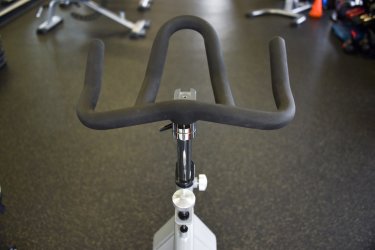
After attending a Wellness Committee meeting at our school and discussing with faculty and staff on how to improve employee wellness, it struck me that we could meet both needs with a new cardio room. I knew to ask the school to build a facility was not going to happen, so I proposed the next best thing. I told the superintendent that if he would supply me with a room at the high school I would make sure to fill it with free, donated equipment without any cost to the district. He looked at me like I was crazy, but I was more than willing to accept the challenge.
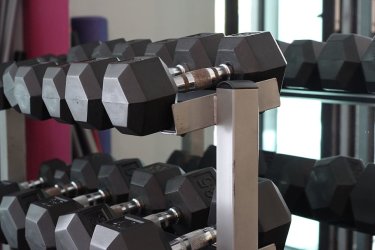
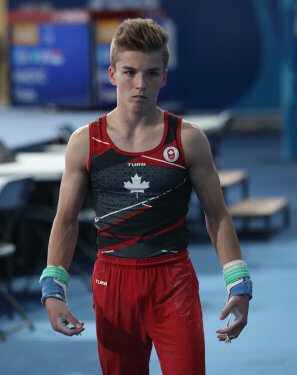

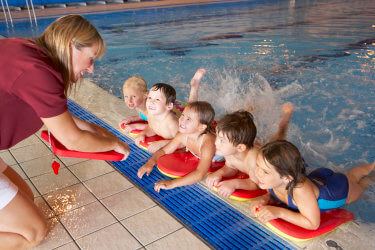

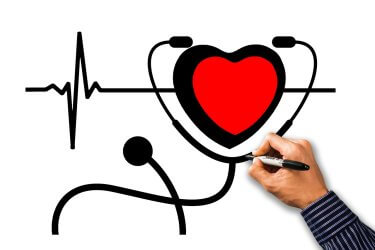
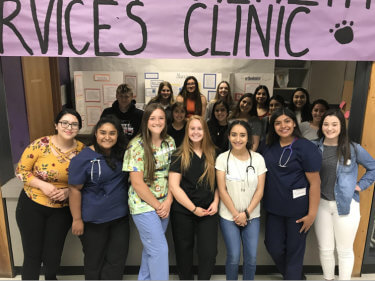
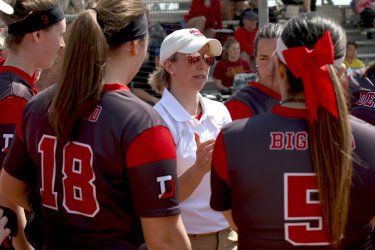
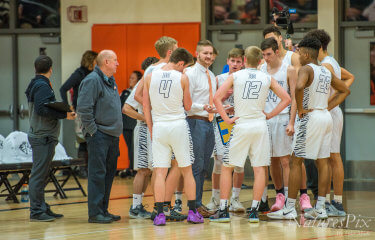 Photo Credit: Tyler Mode
Photo Credit: Tyler Mode